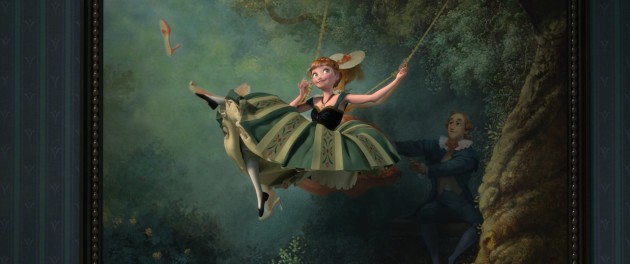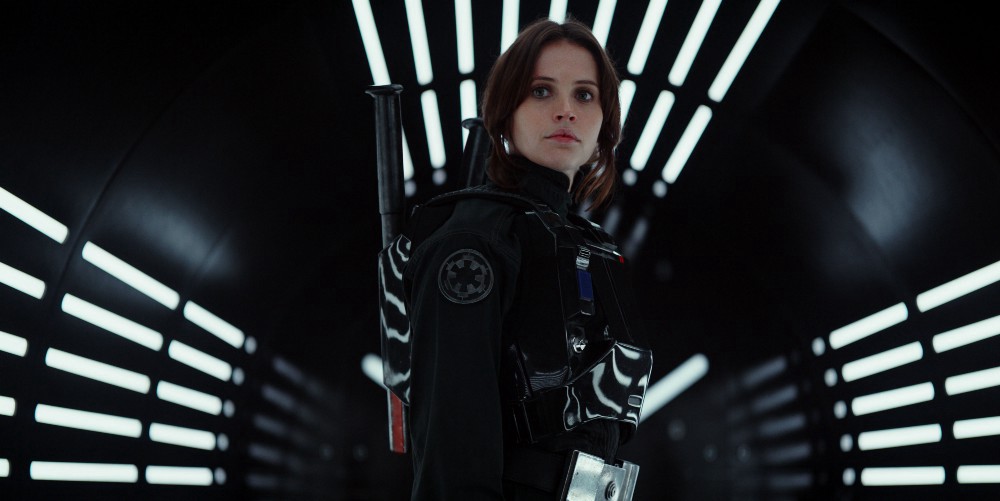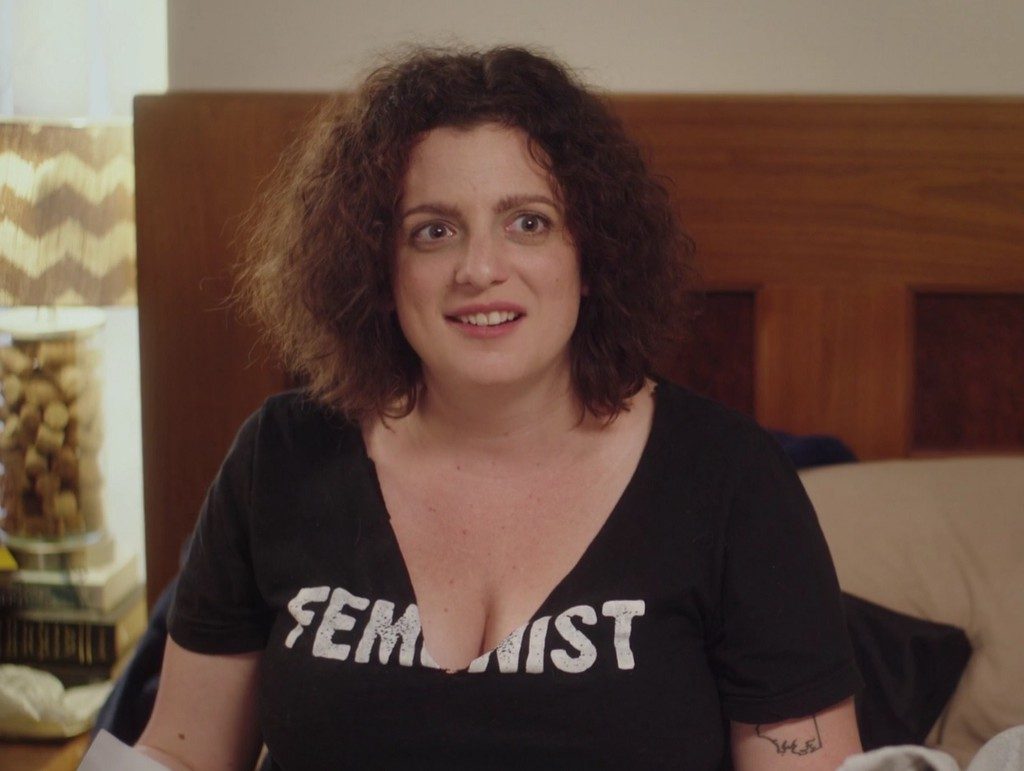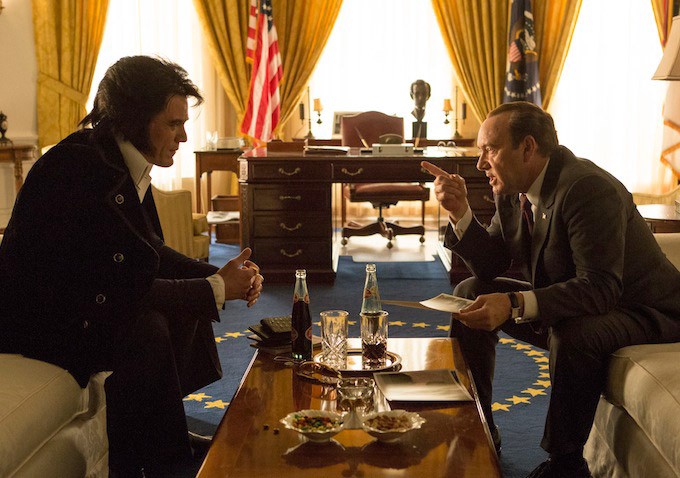There’s a small but crucial scene in Frozen that’s merits some discussion. It occurs early in the film during Anna’s song “For the First Time in Forever,” when she imagines she might meet “the one” at the coronation ball in honor of her sister Elsa. Under the clear influence of a decade of novels and paintings, Anna daydreams of, well, a fairy-tale romance.
Voiced by Kristen Bell, she sings,
“Imagine me in a gown and all
Fetchingly draped against the wall
The picture of sophisticated grace
Ooh! I suddenly see him standing there
A beautiful stranger, tall and fair
I wanna stuff some chocolate in my face
But then we laugh and talk all evening
Which is totally bizarre.”
Most tellingly, Anna enters a room full of paintings (at the 1:46 point in the video below) and begins to re-enact the scenarios depicted within them, in some cases contorting her body into those of the women in the pictures.
Frozen has benefitted enormously from subverting the “Disney princess” trope, but this scene takes self-referentiality to another level. Through Anna’s actions, Disney essentially admits its outsized role in shaping young girls’ goals and fantasies through its films.
It’s natural that Anna would glean all her ideas about romance from the media (i.e., those paintings), especially since her parents are dead and therefore unable to give her practical advice. But what makes this scene important is that Anna tries to reproduce media-influenced narratives in her own life by getting affianced to strapping Prince Hans after a whirlwind courtship that lasts all of an hour. The message is clear there’s no happily ever after.
Thus, the animation studio more or less cops to the fact that its saccharine love stories belong on a screen, not in real life.
And now, the Big Mouse is subtly signaling once again that it’s keenly aware that its core audience, i.e., girls all over the world, want to see themselves reflected on the big screen and need to be implicitly reassured that their stories and experiences matter — that they matter. Accordingly, the studio has released a 25-language version of “Let It Go” (see below), and though the majority of the languages included in the song are European, they do represent several continents.
By ensuring that a much larger swath of its global audience feels like they belong in the Magic Kingdom, Disney does a great job of making members of ignored communities feel like they matter. But the video excludes by necessity, too. Already, commenters below the video are asking to be recognized: “Why there is no Turkish?” “Why no Vietnamese? :’(“”Why no Arabic? It’s one of the most spoken languages.”
Disney couldn’t possibly include the nearly 7000 extant languages spoken around the world in a four-minute song. But through the meta-ness of its newest princess movie and now this multilingual track, Disney acknowledges that its young (and not-so-young) viewers are influenced by the images and narratives it sells, and that it understands those viewers’ primal desire to see versions of themselves in the media they consume every day. (And to give credit where credit’s due: let’s not forget that the children-oriented Disney Channel has been a trailblazer of diversity on television.)
Will this new media savviness lead to a Mouse 2.0 that’s more responsible and less retrograde on the big screen, too? I can only hope, because there just aren’t very many non-royal, female-led animated films being made anymore.
Watch the 25-language version of Frozen’s “Let It Go”:







